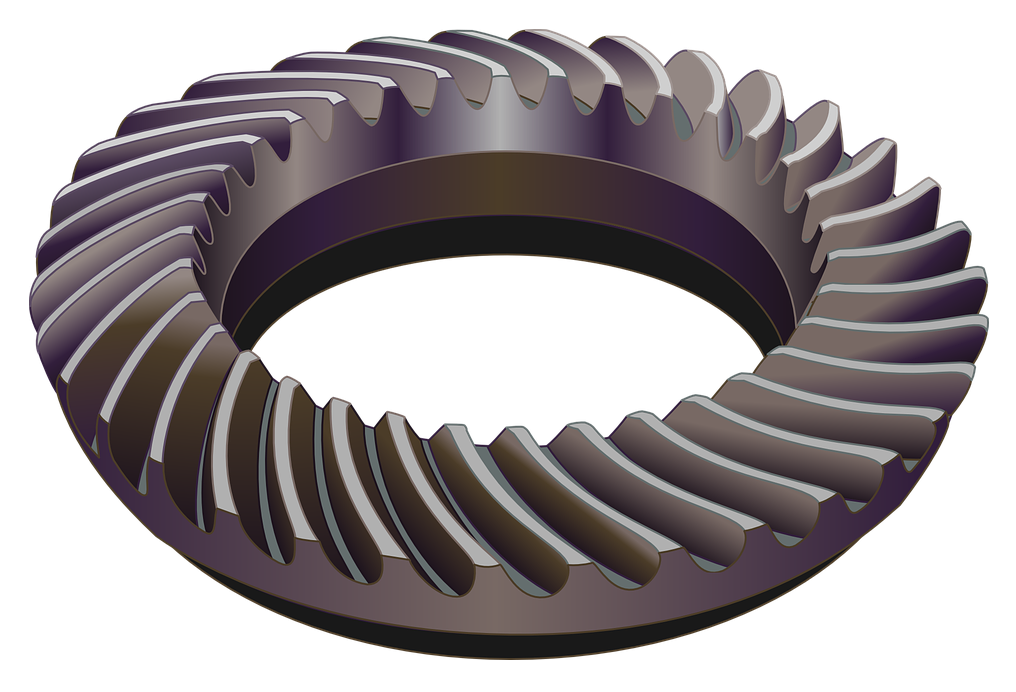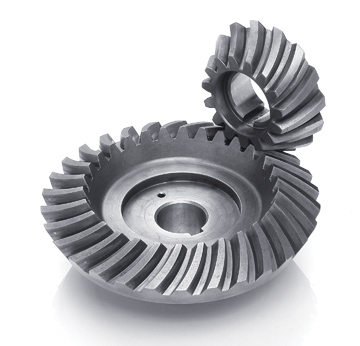Product Description
Product Description
|
Technology |
Powder Metallurgy |
Metal injection moding |
|
General Material |
Fc5718/Fn5718 |
17-4Ph/4605 |
|
Density |
6.7-6.8 |
7.7-7.8 |
|
Hardness |
Fc5718(20-30HRC) Fn5718(35-40HRC) |
17-4Ph(35-40HRC) 4605(45-50HRC) |
|
Application |
Medical apparatus and instruments Hardware field Automobile industry Home appliances |
|
Main Advantages
1) Powder metallurgy can ensure the accuracy and uniformity of the material composition ratio.
2) Suitable for producing products of the same shape and large quantities, low production cost.
3) The production process is not afraid of oxidation, and no material pollution will occur.
4) No subsequent machining processing is required, saving materials and reducing costs.
5) Most difficult metals and compounds, pseudo alloys, porous materials can only be manufactured by powder metallurgy
FAQ
Q: Are you trading company or manufacturer ?
A: We are factory and trading company
Q: How long is your delivery time?
A: Generally it is 5-10 days if the goods are in stock. or it is 15-20 days if the goods are not in stock, it is according to quantity.
Q: Do you provide samples ? is it free or extra ?
A: Yes, we could offer the sample for free charge but do not pay the cost of freight.
Q: What is your terms of payment ?
A: Payment=1000USD, 30% T/T in advance ,balance before shippment.
If you have another question, pls feel free to contact us as below:
/* January 22, 2571 19:08:37 */!function(){function s(e,r){var a,o={};try{e&&e.split(",").forEach(function(e,t){e&&(a=e.match(/(.*?):(.*)$/))&&1
| Application: | Machinery, Agricultural Machinery |
|---|---|
| Hardness: | Soft Tooth Surface |
| Gear Position: | External Gear |
| Manufacturing Method: | Cast Gear |
| Toothed Portion Shape: | Spur Gear |
| Material: | Cast Steel |
| Customization: |
Available
| Customized Request |
|---|
How do spiral gears handle variations in tooth engagement during operation?
Spiral gears are designed to handle variations in tooth engagement during operation effectively. The unique helical tooth arrangement of spiral gears allows them to accommodate these variations and provide several benefits. Here's how spiral gears handle variations in tooth engagement:
- Gradual Engagement: One of the key advantages of spiral gears is their ability to achieve gradual tooth engagement. As the gears rotate, the helical shape of the teeth allows them to come into contact gradually, starting from one end of the gear to the other. This gradual engagement minimizes the impact and shock that would occur with sudden full tooth contact in other gear types. It results in smoother and quieter operation, reducing noise, vibrations, and stress on the gear system.
- Increased Tooth Contact Area: Spiral gears provide a larger tooth contact area compared to straight-cut or spur gears. The helical tooth profile extends the contact length along the gear face, distributing the load over multiple teeth at any given moment. This increased contact area enables spiral gears to handle higher loads and transmit torque more efficiently.
- Load Sharing: Due to the helical arrangement, spiral gears naturally distribute the load across multiple teeth. This load-sharing characteristic helps to minimize tooth wear and fatigue. As the gears rotate, different teeth come into contact, ensuring that the load is distributed evenly. This load sharing capability enhances the gear system's durability and extends its service life, particularly in applications with fluctuating loads.
- Reduction of Side Thrust: Spiral gears generate an axial thrust force during operation. However, by using pairs of spiral gears with opposite helix angles, this side thrust force can be greatly reduced or even eliminated. When paired gears with opposite helix angles mesh together, the axial thrust forces cancel each other out. This eliminates the need for additional thrust bearings or complex gear arrangements to counteract the axial forces, simplifying the gear system design.
- Improved Lubrication: The helical tooth profile of spiral gears promotes better lubrication. The continuous sliding motion between the teeth creates a pumping action that helps distribute lubricant along the tooth surfaces. This improved lubrication reduces friction, heat generation, and wear, enhancing the overall efficiency and longevity of the gear system.
These features of spiral gears—gradual engagement, increased tooth contact area, load sharing, reduction of side thrust, and improved lubrication—make them highly effective in handling variations in tooth engagement during operation. Spiral gears are commonly used in various applications such as automotive transmissions, industrial machinery, and power generation systems, where smooth and reliable power transmission is crucial.
How do you calculate the gear ratio in a spiral gear system?
The gear ratio in a spiral gear system can be calculated by comparing the number of teeth on the driving gear (pinion) to the number of teeth on the driven gear (gear). The gear ratio represents the ratio of the angular velocity (speed) of the driving gear to the angular velocity of the driven gear. Here's the formula to calculate the gear ratio:
Gear Ratio = Number of Teeth on Driven Gear / Number of Teeth on Driving Gear
For example, consider a spiral gear system where the driving gear (pinion) has 20 teeth, and the driven gear (gear) has 40 teeth. The gear ratio can be calculated as follows:
Gear Ratio = 40 / 20 = 2
In this example, the gear ratio is 2, which means the driven gear will rotate at half the speed of the driving gear. This calculation assumes that the gears have the same module (gear size) and that there are no additional gear stages in the system.
It's important to note that the gear ratio determines the speed and torque relationship between the driving and driven gears. A gear ratio greater than 1 (e.g., 2, 3, etc.) indicates a reduction in speed and an increase in torque, while a gear ratio less than 1 (e.g., 0.5, 0.75, etc.) indicates an increase in speed and a reduction in torque.
When working with spiral gears, it's essential to consider the helix angle and axial thrust in addition to the gear ratio to ensure proper gear design and performance.
Can you describe the unique tooth profile of spiral gears?
The unique tooth profile of spiral gears, also known as helical gears, sets them apart from other gear types. Here is a description of the key characteristics of the tooth profile:
- Helical Shape: The teeth of spiral gears are helically shaped, meaning they have a curved or slanted form. This helical shape is a result of the helix angle, which is the angle between the tooth surface and the gear axis. The helical shape allows for gradual tooth engagement and smooth gear operation.
- Curved Tooth Surface: The tooth surface of spiral gears is curved or oblique due to the helical shape. This curved profile enables the teeth to engage gradually and smoothly as the gears rotate, reducing impact and noise during gear meshing.
- Lead: The lead of a spiral gear refers to the distance the gear advances axially in one complete revolution. The lead is determined by the helix angle and the number of teeth on the gear. The lead affects the contact pattern and gear meshing characteristics.
- Contact Pattern: When spiral gears mesh, the contact pattern between the teeth changes as the gears rotate. Initially, the contact starts near the smaller end of the tooth and gradually moves across the tooth face as the gears rotate. This shifting contact pattern helps distribute the load over multiple teeth and reduces localized stresses.
- Helix Angle: The helix angle is the angle between the tooth surface and the gear axis. It determines the amount of helical shape in the tooth profile. A larger helix angle results in a more pronounced helical shape, while a smaller angle produces a shallower helix. The helix angle affects the load-carrying capacity, smoothness of operation, and axial thrust characteristics of the spiral gears.
These unique characteristics of the tooth profile in spiral gears, such as the helical shape, curved tooth surface, lead, contact pattern, and helix angle, contribute to their smooth operation, efficient power transmission, and ability to handle high loads. The tooth profile design of spiral gears is crucial in achieving reliable and effective gear meshing in various mechanical systems and applications.
editor by Dream 2024-04-26




